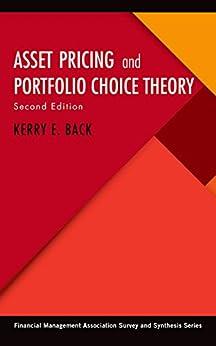Suppose there is a risk-free asset with return Rf and a risky asset with return R. Consider
Question:
Suppose there is a risk-free asset with return Rf and a risky asset with return R˜. Consider an investor who maximizes expected end-of-period utility of wealth and who has CARA utility and invests w0. Suppose the investor has labor income y˜ at the end of the period, so her end-of-period wealth is φfRf +φR˜ + ˜y, where φf denotes the investment in the risk-free asset and φ the investment in the risky asset.
(a) Suppose y˜ and R˜ are independent. Show that the optimal φ is the same as if there were labor income. Hint: Use the law of iterated expectations as in Section 1.5 and the fact that ifv˜ and x˜ are independent random variables, then E[˜vx˜] = E[˜v]E[˜x].
(b) Define b = cov(y˜,R˜)/var(R˜), a = (E[˜y] −bE[R˜])/Rf , and ε˜ = ˜y− aRf −bR˜. Show thaty˜ = aRf +bR˜ + ˜ε and that ε˜ has a zero mean and is uncorrelated with R˜. Note: This is an example of an orthogonal projection, which is discussed in more generality in Section 3.5.
(c) Suppose y˜ and R˜ have a joint normal distribution. Using the result of the previous part, show that the optimal φ is φ∗ −
b, where φ∗ denotes the optimal investment in the risky asset when there is no labor income.
Step by Step Answer:






